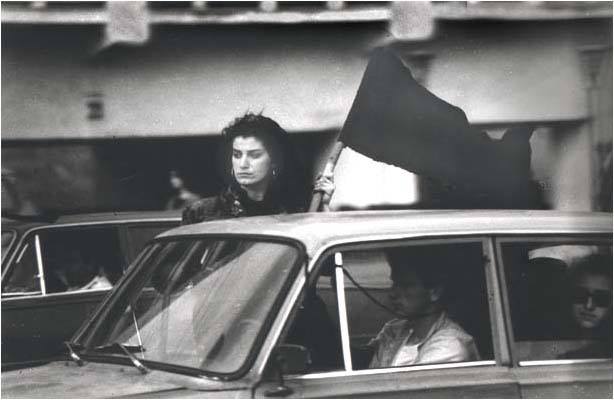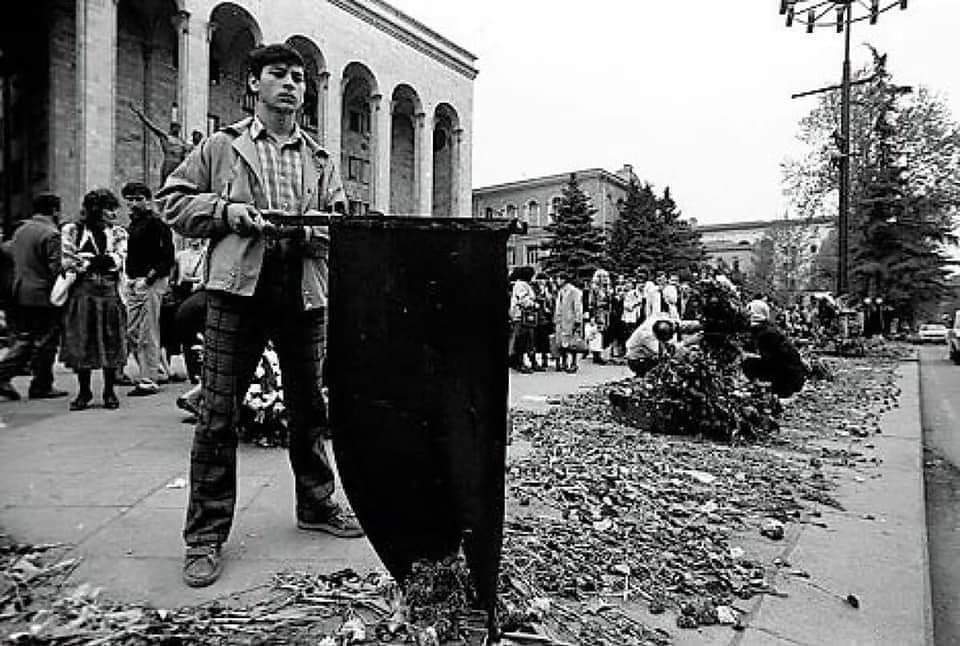35 years have passed since 9 April 1989.
The April 9 Tragedy (also known as the Tbilisi Massacre or Tbilisi Tragedy) refers to when an anti-Soviet demonstration on central Rustaveli Avenue was dispersed by the Soviet Army, resulting in 21 deaths and hundreds of injuries.
In the aftermath of the brutal attack, hundreds of peaceful protesters were poisoned by gas and many of them severely injured.

On April 10, in protest against the onslaught, Tbilisi and the rest of Georgia went out on strike and 40 days of national mourning was declared. People brought a large number of flowers to the place of the killings to pay respect to the deceased.
 A year later, on 9 April 1990, Georgia adopted its Declaration of Independence.
A year later, on 9 April 1990, Georgia adopted its Declaration of Independence.
On April 9, 1991, the second anniversary of the tragedy, the Supreme Council of Georgia declared Georgian sovereignty and independence from the Soviet Union based on the results of a nationwide referendum.
In the same year, one of the leaders of the protest movement, Zviad Gamsakhurdia, was named the first democratically elected President of Georgia.
By Ana Dumbadze














